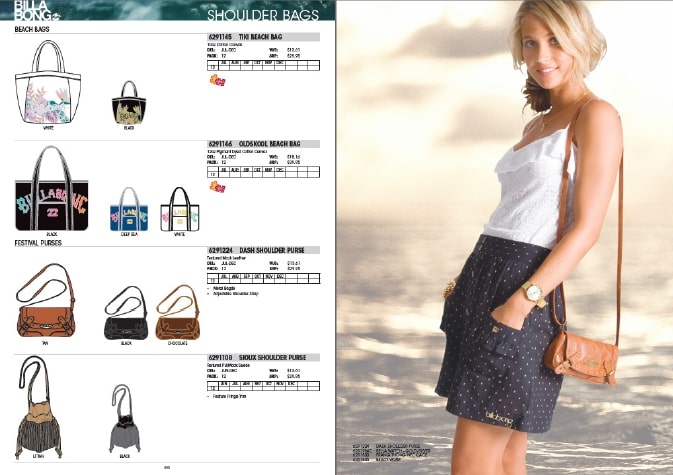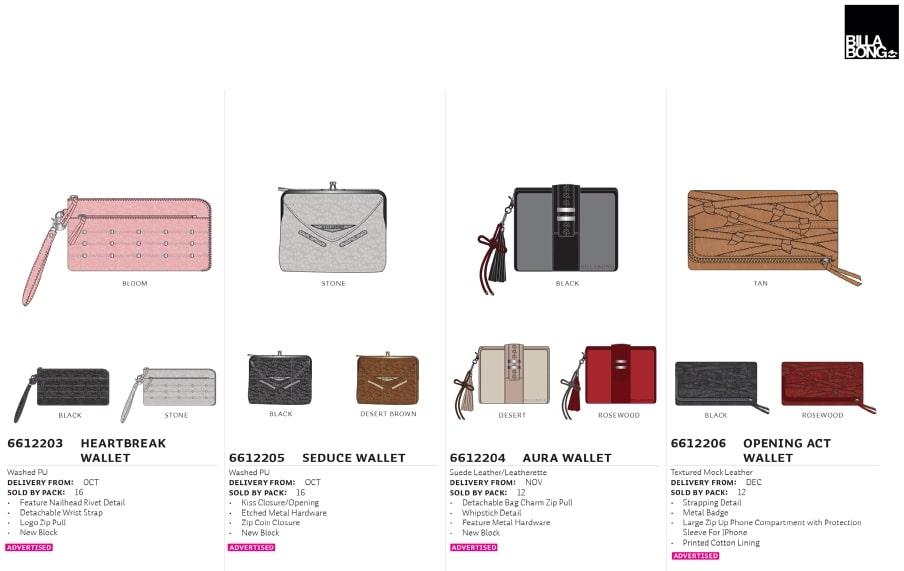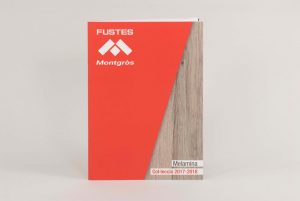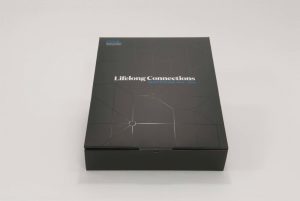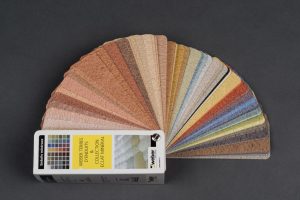
Design and automation of fashion products catalog
 Client goals
Client goals
Billabong is an Australian surfwear manufacturer that represents a model of international growth and success. In its commercial strategy, the catalog is an important piece, since it produces three catalogs each year of different products (women, men, accessories …) for its seasonal campaigns. In its commercial strategy, the catalog is an important piece, since it produces three catalogs each year of different products (women, men, accessories …) for its seasonal campaigns.
In the previous process, the data of the products was managed in a centralized database, the team passed the data to Microsoft Excel and then imported it into Adobe Indesign so that the internal designers could do the layout and graphic editing. It was highly laborious to make essential changes such as removing a discontinued product, adding a new product or changing the order. Even seemingly minor modifications needed a lot of time. Since the details of the products change frequently, the team considered this process as inflexible and prone to errors. Taking into account that sales and orders are based on catalog information, a 100% reliability is needed. It was highly time-consuming to make essential changes such as removing a discontinued product, adding a new product or changing the order. Even seemingly minor modifications were time consuming. Because product details change frequently, the team found this inflexible process highly error-prone. Considering that sales and orders are based on information in catalogs, 100% reliability is required.
The challenge was to speed up the production of catalogs and optimize the rigor of the published data.
 CeGe Solution
CeGe Solution
The proposed solution was to implement Typefi and separate the process in two blocks, which was immediately simplified: while the product data and images continue to be managed from the centralized database, the designers work directly in Adobe InDesign.
When the content is ready to be published, Typefi automatically fills in the previously prepared design templates with the most up-to-date data.
The data can be updated in the original database at any stage of the development process and are automatically updated in the InDesign templates, representing it as an InDesign file or as a PDF for review and printing.
With product catalog automation, the entire process takes 50% less time and absolute precision and reliability of all the information published in the catalogs is guaranteed. Additionally, much greater flexibility has been achieved throughout the workflow.
